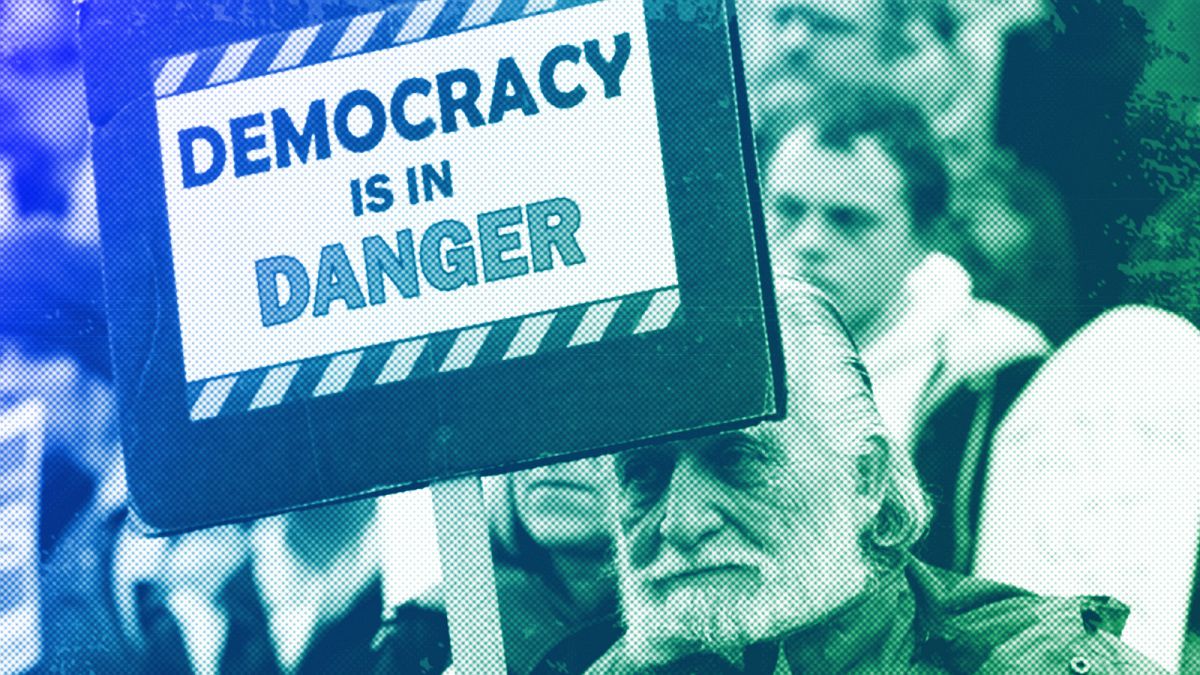North Korean troops in Ukraine: How powerful is Pyongyang’s army?

The exact size of the North Korean military remains unknown, but according to analysts, it has tested nuclear weapons six times and developed ballistic missiles capable of reaching continental US.
Ukrainian President Volodomyr Zelenskyy said on Thursday that the fact North Korea has its boots on the ground in temporarily occupied parts of Ukraine is “the first step to a World War”, sparking a fresh wave of worry and concerns surrounding the country’s military capacity.
“This is no longer just about transferring weapons. It is actually about sending people from North Korea to the occupying military forces,” he said.
Zelenskyy’s announcement comes days after Ukrainian outlet The Kyiv Independent reported that North Korea has sent 10,000 soldiers to Russia in a bid to boost its offensive on Ukraine.
While the Kremlin dismissed these reports, the prospect of North Korean troops fighting on Moscow’s side in the heart of Europe begs the question: how strong is Pyongyang’s army and can it afford to send its forces to Ukraine?
The world’s fourth-largest army
North Korea possesses the world’s fourth-largest military, with nearly 1.3 million active personnel representing approximately 5% of the total population. An additional 600,000 are believed to serve as reserve soldiers.
North Korean leader Kim Jong-un has made defence spending a priority, with Pyongyang stating in January that 15.9% of total government expenditure for this year would go to defence.
Although the state-run Korean Central News Agency (KCNA) did not provide a specific figure, this estimate is similar to the ones announced in recent years.
Meanwhile, independent estimates say that Pyongyang likely spent around 36.3% of its GDP on its military in 2023, or the second in the world in this category.
While the North Korean army has also been reported to use outdated technology and fighting equipment, its leadership makes up for the difference in tech by mobilising its troops in massive numbers, similar to Moscow.
This observation was echoed by Pentagon’s press secretary, Major Patrick Ryder, who said in June that Russia would use Pyongyang’s soldiers as cannon fodder, much like its own troops.
However, for many, North Korea’s advances in the fields of ballistic missiles and nuclear weapons are far more concerning.
How powerful are Pyongyang’s nukes?
Ever since he took power in 2011, Kim Jong-un has been accelerating the country’s nuclear program. Over the last 13 years, Kim has directed four nuclear tests: one in 2013, two in 2016, and another in 2017.
He also ordered 160 missile tests, a figure which far exceeds the number of trials conducted under his father, Kim Yong-il, and grandfather, North Korea’s founder, Kim Il-sung. These missiles are believed to be able to reach the mainland in the US.
With each test, North Korea’s nuclear explosions have grown in power. The last nuclear test carried out to date, in September 2017, was far significantly larger than expected, which gives some weight to Pyongyang’s claims that it has the materials to create a hydrogen bomb.
However, North Korea has not conducted any similar tests since. In 2018, it claimed to have shut down its main nuclear material production site, the Yongbyon reactor complex.
This followed the country’s summit with the United States, with former US President Donald Trump travelling to Singapore to meet with Kim.
Yet, these claims were in turn disputed by a report issued by the International Atomic Energy Agency’s (IAEA) in 2021, asserting that North Korea had once again started producing fissile material at Yongbyon.
By mid-2022, satellite imagery showed that construction was progressing, with the IAEA expressing concern that North Korea was preparing for another nuclear test.
In September, North Korea released pictures which offered a rare glimpse into the country’s nuclear weapons programme. They offered an unprecedented insight into the centrifuges used by the nation to make bomb-grade uranium.
The photos — thought to have been Kim’s power move — triggered a fresh wave of concern among the West and the international community.
“As these pictures show, and beyond that, they have a vast nuclear program, which is perhaps the only one in the world on which there is no visibility in terms of the observance of the basic international nuclear safety standards,” Rafael Grossi, director-general of the International Atomic Energy Agency, said in an interview with AP.
What about South Korea?
Tensions between North Korea and South Korea have also escalated in the last weeks following the release of the pictures.
Despite this, the two countries have long-term tense and fiery relations. For instance, in a dramatic move, North Korean media announced that the country would “shut down all contact” with South Korea in 2019.
This came as the nation called for Seoul to prevent activists from sending anti-Pyongyang leaflets across the border.
In early October, Kim Jong-un renewed hostilities, threatening to use nuclear weapons to destroy South Korea should an attack take place, state media reported.
Meanwhile, Seoul has been escalating its weapons production in preparation for a potential attack.
Last year, the country’s Defence Ministry announced plans to spend €223.78 billion in the next five years to bolster its defence capabilities.
World News || Latest News || U.S. News
Source link



